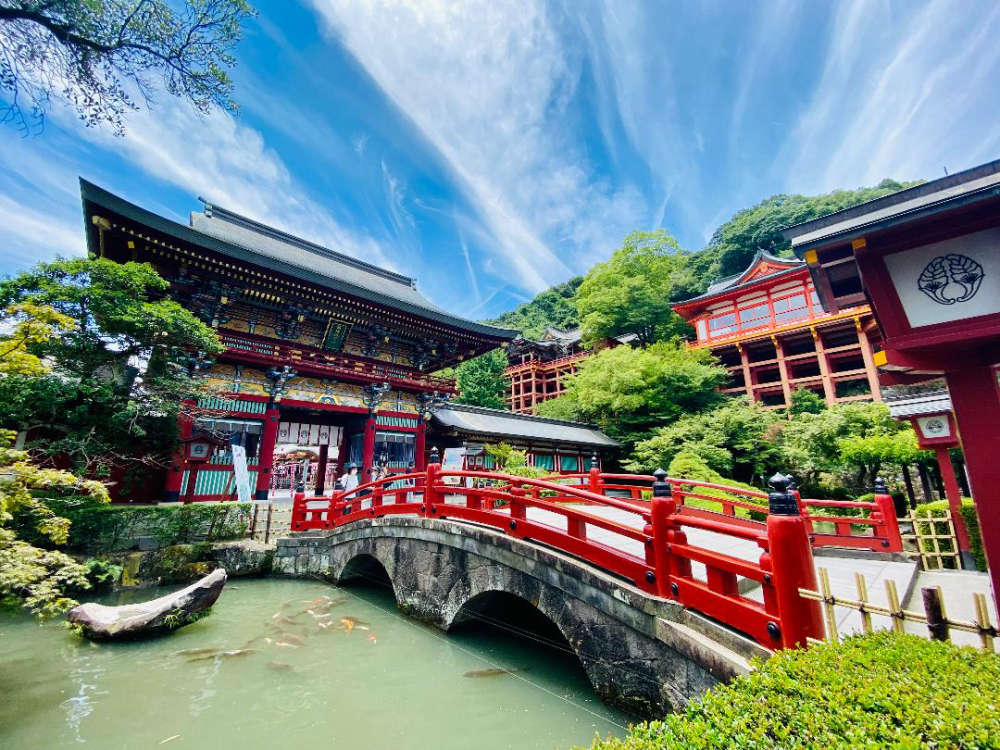
Continuing my travelogue of introducing interesting and off the beaten path places around Japan, today I take you to a neighboring prefecture where I live in Kyushu called Saga.
Probably one of the most well-known attributes of Saga Prefecture is its world-renowned ceramics that are made in Arita and Imari. Both places boast lovely ceramic ware, but Arita-yaki is probably more famous because it is considered the original Japanese porcelain, which was first created in the 17th century in Arita.
A Korean potter discovered a source for kaolin clay which is known for its natural whiteness, durability, and vibrancy. It is often combined with a lovely blue dye to give it the Imari-style of blue and white motifs and decorations.
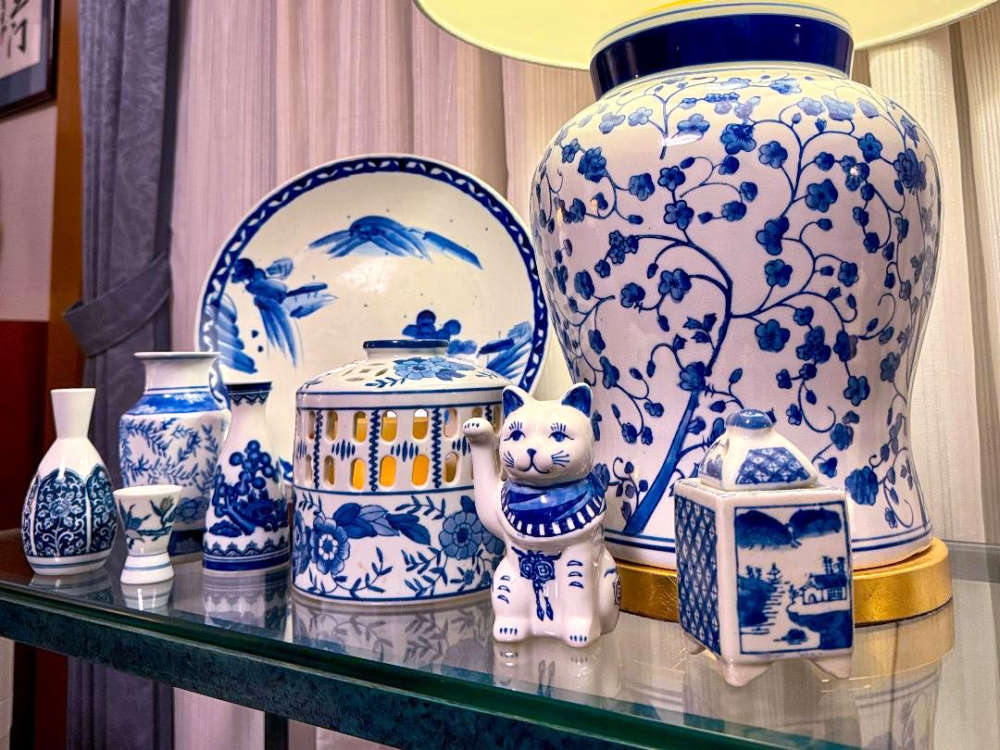
Admittedly, Arita and Imari porcelains are my weakness as I have collected quite a few pieces over the years because I really love the aesthetic of the blue and white combination. The photo included is a smattering from my own collection (photo) that seems to grow a little bit larger each year — especially after every visit I make to Arita and Imari!

The Dutch East India Company exported the Arita and Imari porcelain to Europe and the Middle East during the Edo Period (1603-1868) which made this type of porcelain popular and well-sought after. Arita-yaki includes porcelain styles of ko-Imari (the blue and white patterns that is most commonly associated with Imari-yaki), Kakiemon (porcelain that uses a variety of colors in delicate and bold asymmetrical designs and patterns), and Nabeshima (the high-end and exquisite ceramic ware favored by the shogun class and imperial court and nobility).
Porcelain from this area is still quite popular today which includes modern types of tableware, as well as decorative objects like vases and other ornaments used in interior decorating.
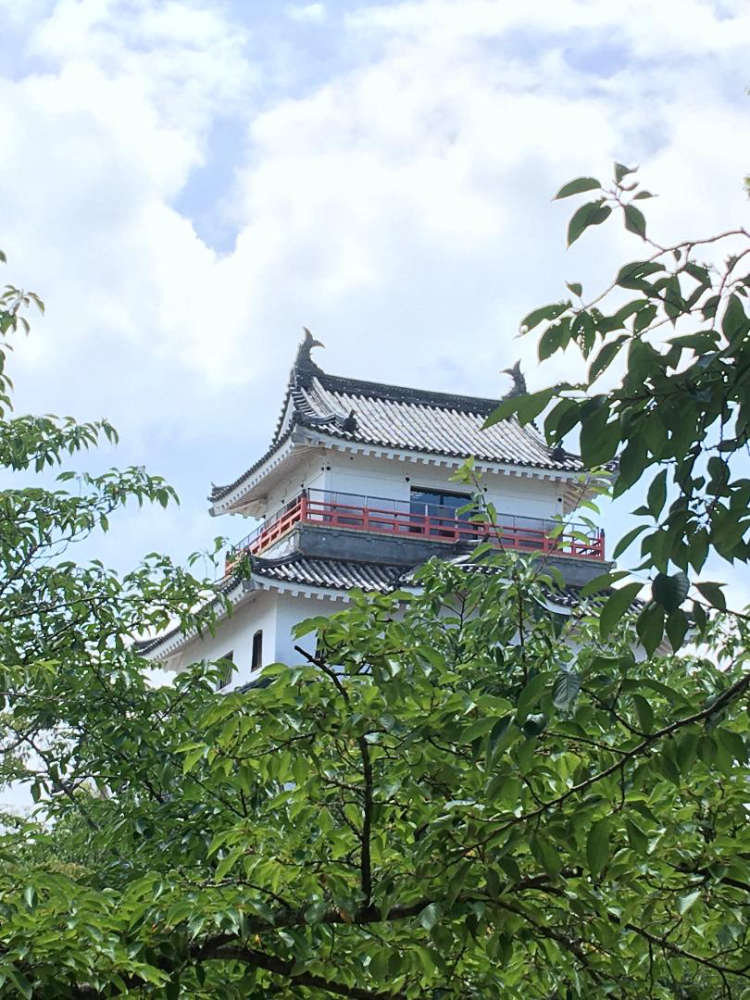
Another lovely city I like to visit in Saga Prefecture is Karatsu, a thriving coastal city that boasts a reconstructed castle that looms over the city. At one time, Karatsu served as an important shipping port for vessels to stop at before heading on to China and Korea. The castle dates back to 1608 but was rebuilt with concrete in the 1960s (photo).
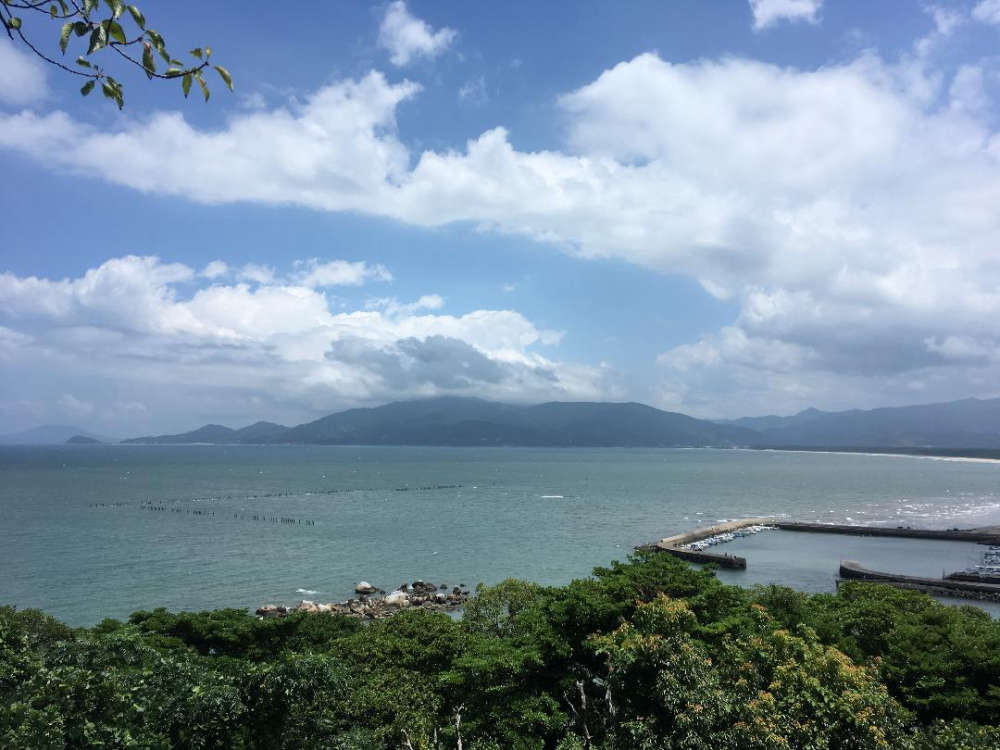
Today it serves as a museum, and features exhibits of the exquisite pottery and ceramics that the area is so famous for. Also, the castle offers a brilliant view of the bay and city from the top level (photo).
During the Edo Period, about a million pine trees were planted as a natural seawall just outside the city center which stretches for about five kilometers and is called “Niji no Matsubara.” It is considered to be one of Japan’s top three pine groves; the other two are located in Shizuoka and Fukui prefectures.
Saga is also known for its wonderful natural hot springs or onsens. One of my favorite places to visit is Ureshino, which has very nice hot springs and is an area surrounded by green tea fields. This area boasts some of the best green tea in all of Japan and its tea production dates back to the early 1500s.
The green tea from this region is especially known for its delicate aroma and flavor. Japanese green tea is known all over the world for its health benefits that include antioxidants, anti-inflammatory properties, and how it improves heart health, brain function, and metabolism.
One important component, no doubt, in the recipe for why Japanese people are seemingly blessed with living to very old ages.

Takeo Onsen is also a popular destination for visitors to the area (photo). As the name suggests, it is known for its hot springs, as well.
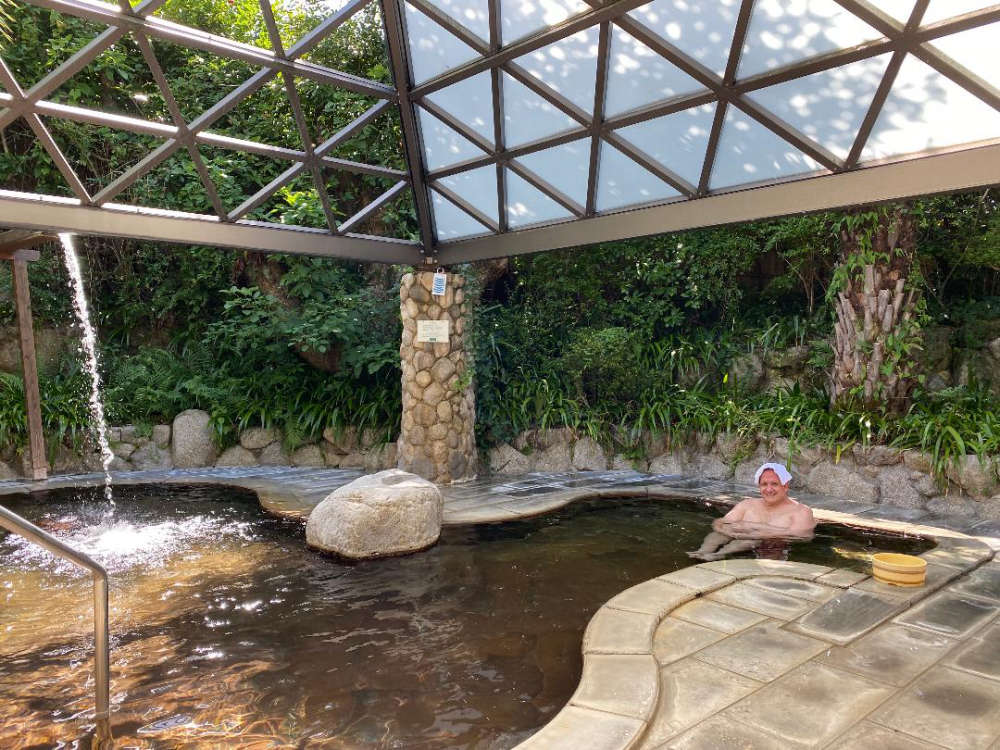
For people traveling to Nagasaki from Fukuoka, it was a perfect place for weary travelers to rest before continuing on their journey, which historically was on foot. The natural spring waters helped to rejuvenate their tired bodies along their journey (photo).
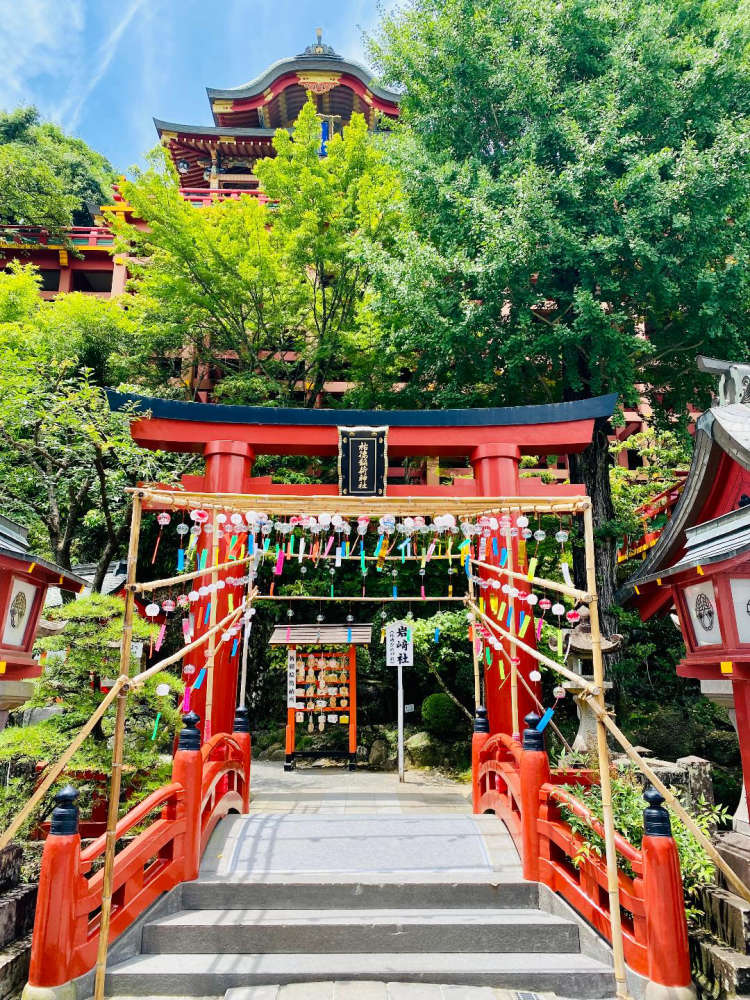
One of my favorite Shinto shrines in Japan happens to be in Saga Prefecture and it is called Yutoku Inari Shrine (photo). It is a photographer’s dream spot because just about every photo is a picture postcard-worthy shot no matter which direction you are shooting.
All four seasons offer their own individual charms so there is no wrong time to visit there. My favorite time, however, is the autumn season because of the vibrant and beautiful fall colors that surround the shrine with leaves in reds, yellows and oranges. The cherry blossom season is also very beautiful because there are so many cherry trees around the area.
It is reported that the shrine receives upward of three million visitors a year, and it is the second largest shrine complex on Kyushu Island after the Dazaifu Tenmangu Shrine in Fukuoka. The Yutoku Inari Shrine is one of the top three Inari shrines in Japan with the other two being in Kyoto and Ibaraki Prefecture. This shrine is especially famous for its red Torii gates at the entrance of the shrine complex.
I highly recommend a visit to Saga Prefecture if you are traveling to Kyushu because it has much to offer visitors who enjoy traditional culture and historical sites and figures. If you are like me, a ceramics aficionado, then it is a must that you put Arita and Imari on your travel itinerary.
Todd Jay Leonard, formerly of Shelbyville, is Professor Emeritus at the University of Teacher Education Fukuoka (UTEF) and has called Japan home for over 35 years. He is the author of 28 books and divides his time between his home in Kyushu and Indiana. He can be reached at toddkayleonard@yahoo.com.


 Gov. Mike Braun orders flags to half-staff for Pearl Harbor Remembrance Day
Gov. Mike Braun orders flags to half-staff for Pearl Harbor Remembrance Day
 Stay safe; always assume you are on ‘thin ice’
Stay safe; always assume you are on ‘thin ice’
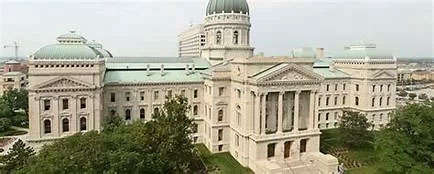 Sen. Leising files bills for cursive writing, management of historic sites
Sen. Leising files bills for cursive writing, management of historic sites
 Our Hospice launches capital campaign to refresh and modernize facilities
Our Hospice launches capital campaign to refresh and modernize facilities
 100% of Keystone Cooperative member profits returned to farmer-members
100% of Keystone Cooperative member profits returned to farmer-members
 More than $320,000 in energy bill assistance available for Duke Energy Indiana customers
More than $320,000 in energy bill assistance available for Duke Energy Indiana customers
 Niles Scream Park raises more than $153,300 for local groups
Niles Scream Park raises more than $153,300 for local groups
 Waldron Rehabilitation & Healthcare Center unveils Shelby County’s first AI-powered “Caregiver” robot
Waldron Rehabilitation & Healthcare Center unveils Shelby County’s first AI-powered “Caregiver” robot




